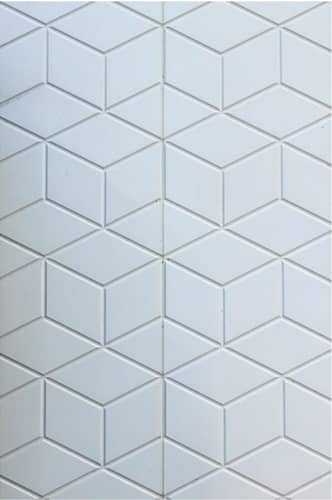29 Durability
The quality of being designed to exist for a long time without significant deterioration in condition or value.
The durability of an object is typically measured in use, life span, and operation, but it is also important to consider the level of maintenance of objects and the environmental impacts that affect decisions surrounding utility and expense. Materials selection is critical to the quality of a finished project, and should be selected according to how well they withstand daily use.
More recently, the expression “emotionally durable design” describes an approach to sustainable design that aims to reduce the consumption and waste of natural resources through increasing the reliability and functionality in the products users choose. Based on behavior and use, products that create emotional connections, and produce durable solutions in the design of lasting products that are less expendable, will be cherished for longer periods.
An interior designer’s selection of materials, furniture, and finishes can impact the environment and have a positive effect on the users of a space. Through research, testing, and selection, the durability of a material improves appearance, comfort, and the long-term success of a project.

Hospitals and healthcare facilities hold high standards and requirements for hygienic and durable materials. Steelcase combines technology and mobility with cleanable and sturdy surfaces to develop furniture specifically for healthcare.
Flooring
The surface that receives the most impact and wear in an interior is the floor. Use and type should be considered as factors for selection, as well as the need to be refinished, be resistant to scratches and stains, and be the appropriate resiliency for use. Types of flooring include rubber, vinyl, porcelain tile, linoleum, terrazzo, and carpet (broadloom or tile).

Upholstery
The life span of furniture can be improved when extremely durable and high performance textiles are specified. All textiles must pass highly rigorous testing that evaluates a material based on cleanability, stretching, and fraying by review of “double rubs” and how color fast it is when adjacent to natural light sources.

Wall Surfaces
Wall surfaces in high traffic areas need to be adequately protected from the objects that bang into or rub against them or leave permanent marks. Solid materials, such as stone and high-density wood, require little maintenance. For gypsum walls, refinishing is critical to durability. Some low-cost options are low-VOC paints, and vinyl and textile wall coverings. High performance coatings, designed for protection and performance, provide antimicrobial protection.

Hard Surfaces
Materials used for millwork, counters, built-in shelving, and other elements. Natural stone, ceramics, plastic laminates, and solid surface materials are easily maintained and withstand heavy use over time. When specifying hard surfaces, it is important to confirm impact testing, and the suitability of the material for horizontal or vertical applications.

